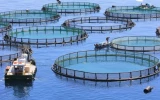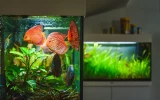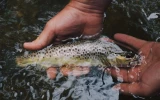How To Start Fish Farming at Home on Any Budget
The demand for fish for human consumption is projected to rise by 16.3% globally by 2029. This is why fish farms have been gaining popularity recently. If you have a budget and want to start a fish farm, it is plausible to start it at home in a few easy steps.
To start a fish farm at home, you must first build your pond on a well-selected piece of land. Next, connect a clean water source to your pond. Third, purchase your fingerlings from reputable breeders. Then, buy necessary fish supplies such as feeds.
It may look easy, but the success of your fish farm relies on how well you prepared and set up the foundation. In this article, we listed a detailed step-by-step process on how to successfully start your fish farm in the comfort of your home.
Summary
- You can start your fish farm at home by selecting the right location to construct your pond. Ensure your pond has an uninterrupted supply of clean, fresh water. When the pond is filled with water and plants have been planted in its surroundings, purchase your fish and add them to your pond.
- The design of your pond must favor a good inflow and outflow of water. Surrounding must be fenced or screened to prevent predators from coming in. It must be shallow enough and have spaces in between ponds.
- Start your home fish farm by adding at least 10 -20 fish to your pond. The best species of fish are those that are fast-growing and require very little feeding.
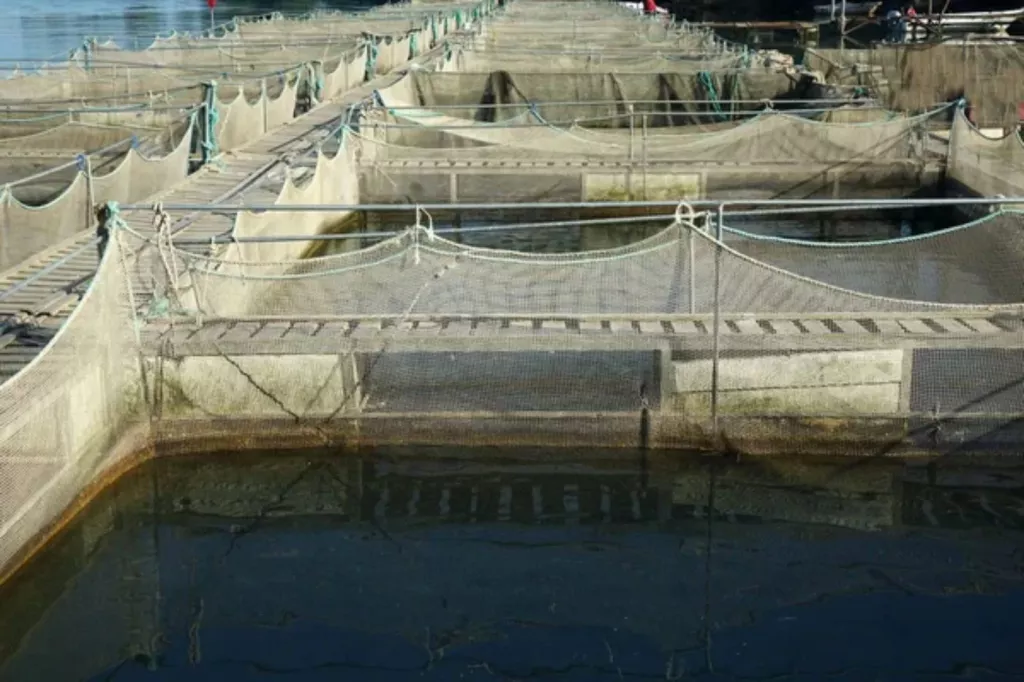
On this page:
Building a Fish Farm in the Comfort of Your Home
If you have land, a water source, and fish, it may seem easy to start a fish farm. But there are details that will need thorough planning. Below is a detailed plan for how to start a fish farm at home on any budget.
Secure a piece of land before starting your fish farm
To start your fish farm at home, you must have adequate space to hold a good number of fish. You must have good quality land in terms of size, soil quality, and water source.
-
Size: Although even as small as 1.5 sq. m. by 1.5 sq. m land can do enough for a small-scale fish farm if you have an extra budget, you can opt for larger spaces. This is to take into consideration future expansion plans. A bigger space also allows more fish to be farmed.
-
Soil: High-quality soil equates to high fish quantities. High-quality soil is composed of 20% clay. Testing the soil for its composition and to see if it’s free from pollution is highly recommended. Also, you may want to make sure that the soil is relatively level, in a flood-free zone, and is not affected by domestic waste or other harmful activities.
-
Water source: A fish farm cannot be successful without a constant water supply. Raising fish in poor-quality water sources will only add stress to the fish, damaging their health and causing low production.
You will be at an advantage if your home is near bodies of water such as rivers, lakes, or streams, as it assures an uninterrupted source of fresh and clean water.
However, since these bodies of water have varied water quality standards such as temperature, pH, dissolved oxygen, and alkalinity, you must be knowledgeable about which fish thrive in varying conditions.
The optimal water temperature for fish farms is 68–86°F (20–30°C).
Construct a well-designed pond
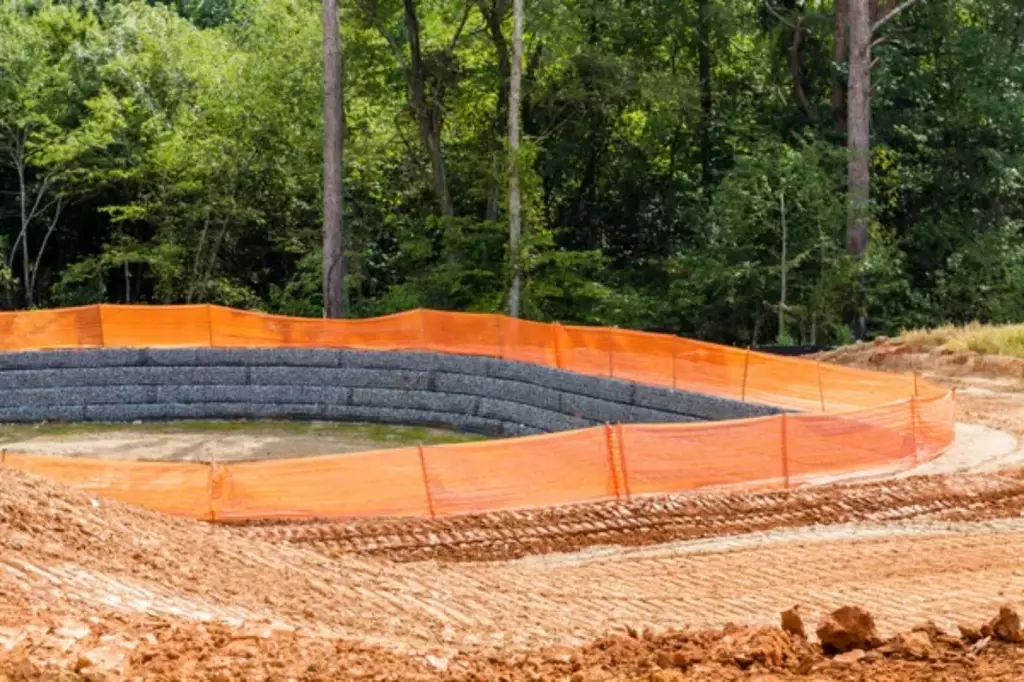
If you have a pond at home, which is rare, you can skip this step.
The point of building a pond is to provide your fish with a self-sustaining ecosystem that will flourish thanks to the natural species around it. Birds attracted to the pond will drop seeds around it. These seeds will sprout into plants, which is a good addition to your fish farm.
Insects will also be attracted to build a colony around the pond, which is beneficial for your fish as these insects can serve as food for them.
Some of the factors you must consider before building a pond include the following:
1. Ensure a good water flow design
Ensure that the design of the pond favors a constant inflow and outflow of water. Too much outflow may flush out the algae and bacteria that the fish need. However, too little outflow may cause water stagnation and potentially deplete the oxygen in the water, causing a fish kill. The ideal slope of a pond is 0.02 meters for every 10 meters along the ground.
2. Ensure a toughly secured perimeter design
During the construction of the pond, make sure that the perimeter is secured with strategically placed screens to steer clear of predators. Cover all inlets and outlets properly to keep insects away.
3. Design a slightly shallow pond
A shallow pond allows for more productivity. The recommended depth of a fish farm pond should be about 0.5–0.7 meters deep to attain success in farming.
4. Leave spaces between the ponds
The goal of leaving spaces between ponds is to make space for the feeding and harvesting processes. This is also important if you plan to make any amendments that will require machines.
5. Put down a three-inch-thick layer of rocks and gravel on the pond bottom
During pond construction, make sure to place a thick layer of rock and gravel on the bottom of the pond, preferably three inches thick, to keep the soil in place and help cultivate beneficial bacteria.
After you have learned all these tips, you can start digging for your pond, but it is highly recommended to hire construction experts with complete types of machinery.
Fill pond with water from a clean water source
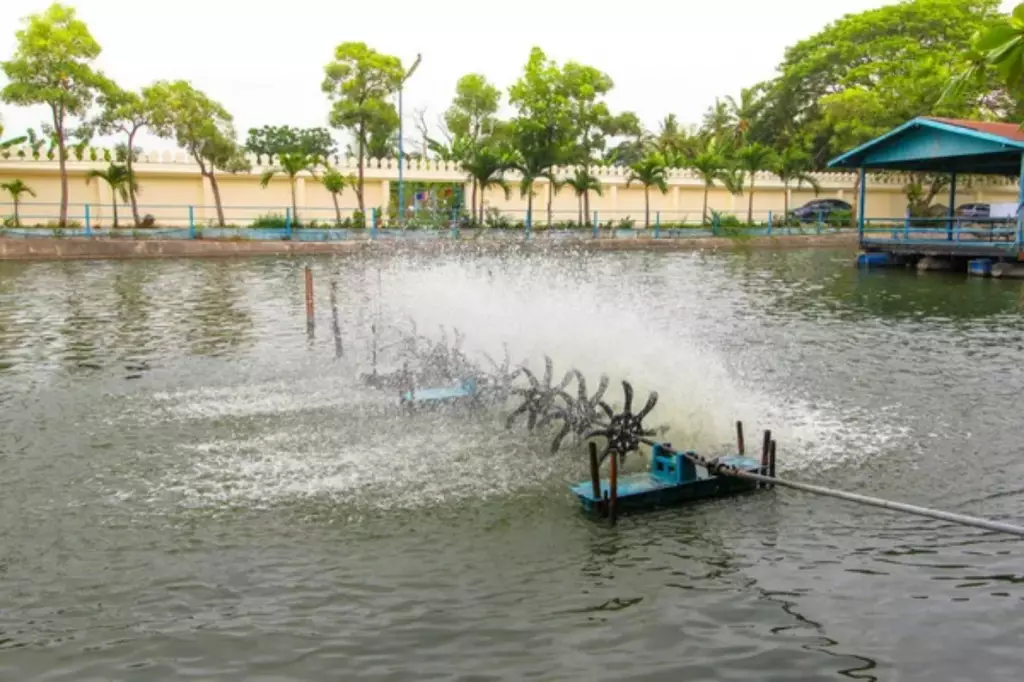
After constructing the pond, you can now fill it up with water up to the brim. Let it sit for a week to allow the chlorine and other additives to fully evaporate. This also gives time for the mud and silt to settle below.
During this time, planting water-loving species of plants is recommended. These plants are crucial for filtering the water and providing shade for your fish as well. Some of the best fish pond plants are the following:
- Hornworts can be used as a filter for pond waters
- Water lilies provide shade and cover for your fish
- Water lettuce has good absorbing qualities and provides shade as well
- Cattails are best at purifying the water
- Water hyacinths can function as wastewater treatment plants
- Duckweeds are viable as food and as a filter, and they provide decent shade
Purchase your fish and add them to your pond
It’s best to start with fish fingerlings in your fish farm. You can purchase fish fingerlings from your local fish nurseries or private hatcheries. When choosing which species of fish to raise in your fish farm, go and check out this list of The 13 Best Fish to Farm at Home (Least Hassle).
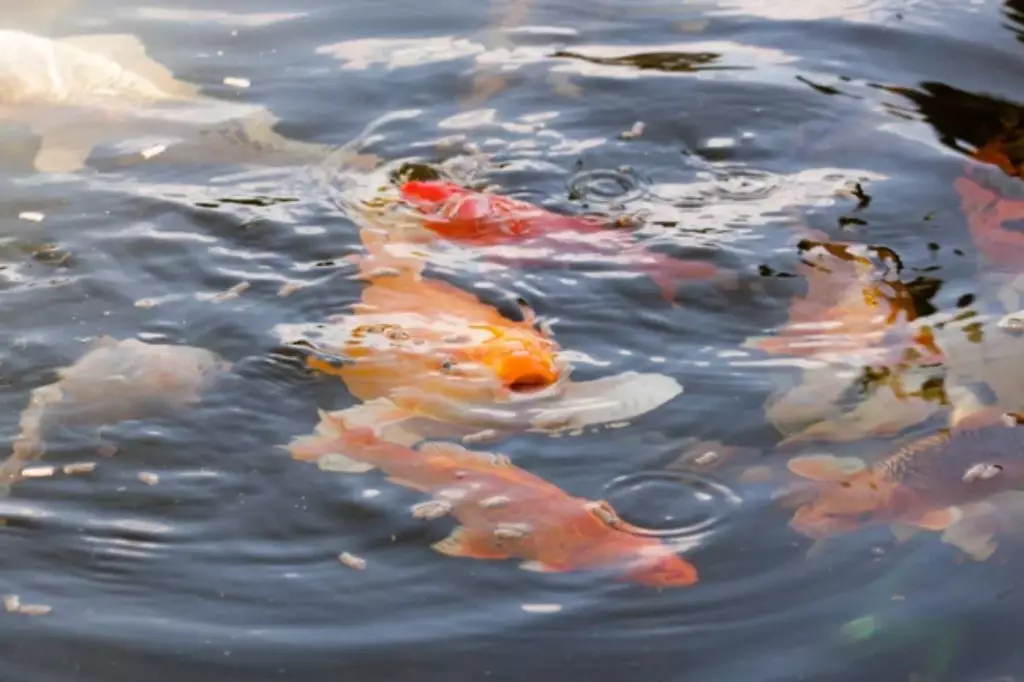
Ideally, you can also go with fast-growing fish species such as tilapia, catfish, and carp. After all, if your goal is to make a good profit out of your farm, considering the growth rate of your fish can make you rich quickly.
The ideal number of fish to start your fish farm is at least 10–20 individual fish. This number of fish makes it easy to monitor and adjust conditions.
Keep in mind that some of the fish will die in your pond, either due to illness, injury, or age. However, you can just leave them in the pond, as their decomposing bodies can help your pond ecosystem.
Obtain fish feeds and other basic fish farm supplies
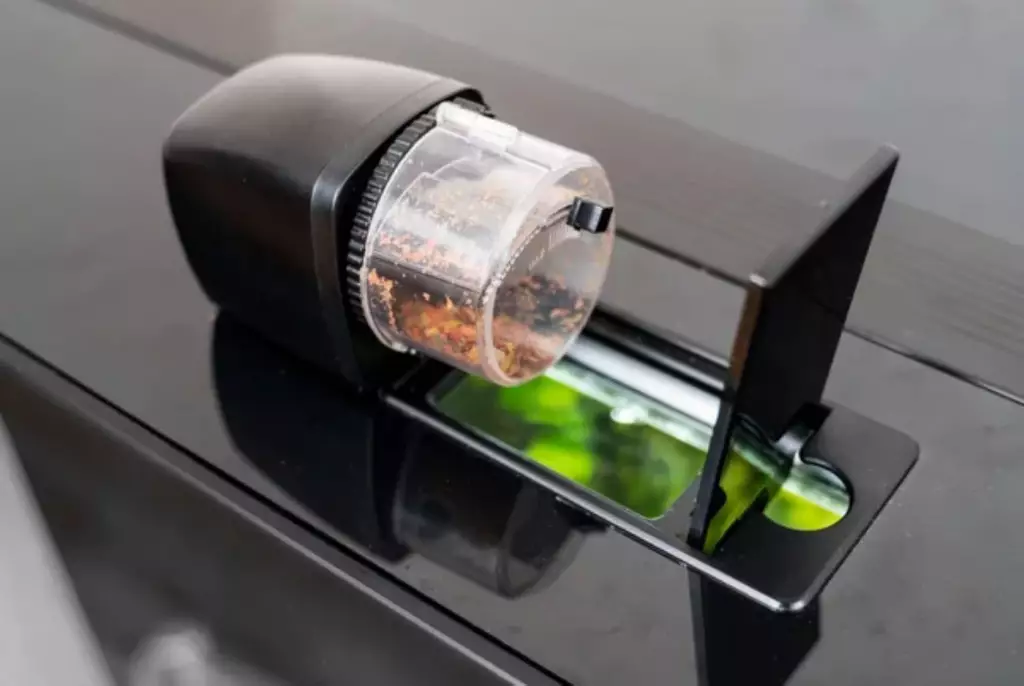
The amount of feed you’ll have to purchase depends on the types of fish you’ll raise. This is why it’s best to opt for fish that are on the lower side of the food chain, as they require less feeding.
Species like catfish only need a pound of food to produce a pound of flesh. However, bigger, carnivorous fish like salmon need 5 pounds of food to put on a pound of flesh.
Farmed fish generally require a feeding ratio equal to 2–3% of their total body weight. For this reason, they require frequent feeding a couple of times a day. To ensure that your fish receive the right amount of food at the right intervals, you may consider investing in automatic feeders.
The cost of automatic fish feeders varies from $100 to $50,000, depending on the size of your fish farm. To know more about other fish farming equipment and their costs, read this article.
